Selecting the best cat litter might seem like a simple task, but it’s a decision that can impact both you and your cat’s happiness. With so many choices on the market, knowing what each type offers and how they differ is key to finding the right fit. Let’s break down the types, benefits, and drawbacks of popular cat litters so you can make an informed choice.
Why Choosing the Right Cat Litter Matters
Litter type affects factors such as odor control, tracking, and dust—all of which contribute to a cleaner home and a healthier, more comfortable environment for your cat. Each type of litter has its pros and cons, so the best choice comes down to what works for both your lifestyle and your cat’s preferences.
Types of Cat Litter
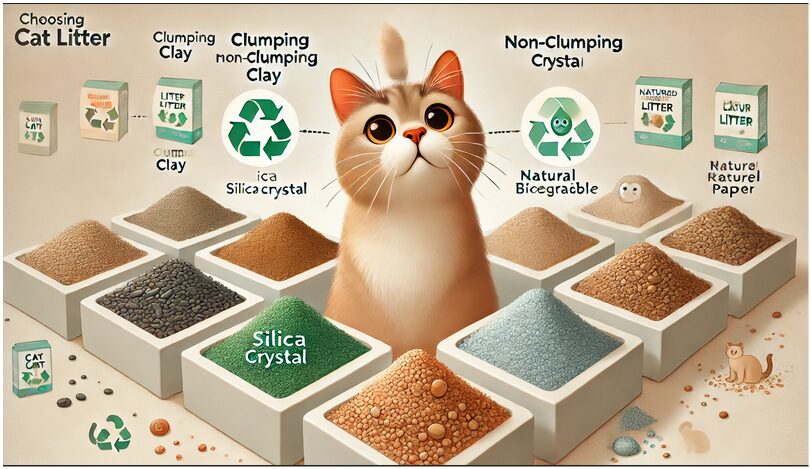
- Clumping Clay Litter
- Non-Clumping Clay Litter
- Silica Crystal Litter
- Natural and Biodegradable Litter
- Recycled Paper Litter
Let’s dive into each type to see what makes them unique.
1. Clumping Clay Litter
Clumping clay litter is one of the most popular types due to its ease of cleaning. Made from bentonite clay, this litter absorbs moisture and forms solid clumps, which can be easily scooped out.
- Benefits:
- Excellent odor control
- Easy to scoop, minimizing the need for frequent litter changes
- Widely available and affordable
- Drawbacks:
- Can be dusty, potentially causing respiratory irritation in sensitive cats or people
- Not environmentally friendly due to mining and non-biodegradable material
- Tends to track easily, leading to messes outside the litter box
- Best for: Owners looking for convenience and good odor control, especially in multi-cat households.
2. Non-Clumping Clay Litter
Non-clumping clay litter was the original type of cat litter. It absorbs moisture but doesn’t form clumps, so it needs to be changed more frequently to keep odors at bay.
- Benefits:
- Usually cheaper than clumping litters
- Can be better for cats with respiratory issues as some brands are less dusty
- Drawbacks:
- Requires more frequent changes, which can be less convenient
- Can become heavily soiled quickly, leading to more odor
- Like clumping clay, it’s non-biodegradable and contributes to landfill waste
- Best for: Cat owners on a budget or those with cats sensitive to dust, as some non-clumping options have lower dust levels.
3. Silica Crystal Litter
Silica crystal litter is made from silica gel beads that absorb moisture and trap odor. It’s known for being long-lasting, as the crystals hold moisture and dry out solid waste.
- Benefits:
- Superior odor control and moisture absorption
- Low tracking and minimal dust, making it ideal for sensitive cats or allergy-prone owners
- Long-lasting, so you don’t need to change it frequently
- Drawbacks:
- More expensive than clay litter
- Some cats dislike the texture, which may take time for them to adjust to
- Not biodegradable, though it’s generally used in smaller quantities over time
- Best for: Owners who prioritize odor control and want a low-maintenance litter solution.
4. Natural and Biodegradable Litter
Natural and biodegradable cat litters are made from a variety of materials, including corn, wheat, wood, and walnut shells. These options are more eco-friendly, as they are often compostable and made from renewable resources.
- Benefits:
- Environmentally friendly and biodegradable
- Some options (like wood or pine) have natural odor-controlling properties
- Low-dust and often hypoallergenic, making it ideal for sensitive cats and humans
- Drawbacks:
- More expensive than clay litters
- Some natural litters can be prone to tracking
- May not clump as well as traditional clay litters, depending on the brand
- Best for: Eco-conscious cat owners who prioritize sustainability and want an option with minimal environmental impact.
5. Recycled Paper Litter
Recycled paper litter is made from compressed recycled paper pellets or granules, making it one of the most eco-friendly choices. It doesn’t clump but has high absorption, especially for liquid waste.
- Benefits:
- Environmentally friendly and biodegradable, made from recycled materials
- Virtually dust-free, making it ideal for cats with respiratory sensitivities
- High absorbency and soft texture, which is gentle on cats’ paws
- Drawbacks:
- Doesn’t clump, which can make waste harder to scoop
- Less effective at controlling odors compared to clay or silica options
- Pellets can scatter around the litter box, though it’s easy to sweep up
- Best for: Cats with respiratory issues or allergies, and owners focused on sustainability.
Clumping vs. Non-Clumping: Which Should You Choose?
The choice between clumping and non-clumping litter often comes down to personal preference and cleaning habits.
- Clumping Litter: If you’re looking for convenience and efficient odor control, clumping litter might be the best choice. It allows for easy spot-cleaning, as you can remove clumps daily without needing to change the entire litter box frequently.
- Non-Clumping Litter: If you don’t mind more frequent litter changes and want a budget-friendly option, non-clumping litter could work. However, it may not be ideal for busy schedules or multi-cat households due to odor buildup.
Key Considerations When Choosing Cat Litter
- Odor Control: Some types of litter, like clumping clay and silica crystals, offer stronger odor control than others. Natural litters can help, but you may need to experiment to find the best odor solution.
- Dust Level: If you or your cat is sensitive to dust, consider low-dust options like silica crystals, recycled paper, or certain natural litters. High-dust litters can irritate sensitive cats and people.
- Tracking: Litter tracking can be an annoyance. Smaller granules are more prone to sticking to cats’ paws, so consider larger pellets (like those found in paper or pine litters) if tracking is an issue.
- Environmental Impact: If sustainability matters, biodegradable litters (like those made from wood, corn, or paper) are eco-friendly choices. Clay litters are not biodegradable and contribute to landfill waste.
- Cost: Budget is always a consideration. Clumping clay is usually the most affordable option, while silica crystals and some natural litters tend to be pricier but longer-lasting.
Tips for a Smooth Transition to a New Litter
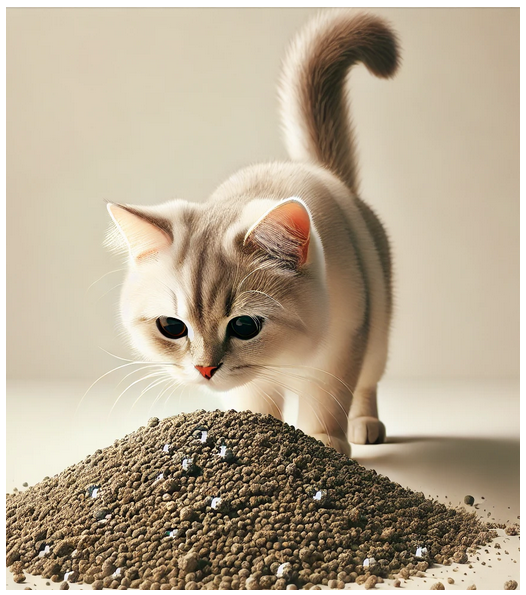
Cats can be sensitive to changes, so if you decide to switch litter types, introduce the new litter gradually. Mix a small amount of the new litter with the old, gradually increasing the ratio over a week or two to help your cat adjust.
Final Thoughts
Choosing the best cat litter involves balancing your cat’s comfort with your own preferences for maintenance, odor control, and environmental impact. The right litter can make a huge difference, turning litter box maintenance into a less daunting task and ensuring your cat has a clean, comfortable space.
By understanding the types, benefits, and drawbacks of each cat litter type, you’ll be equipped to make the best choice for both your furry friend and your home. Happy litter hunting!

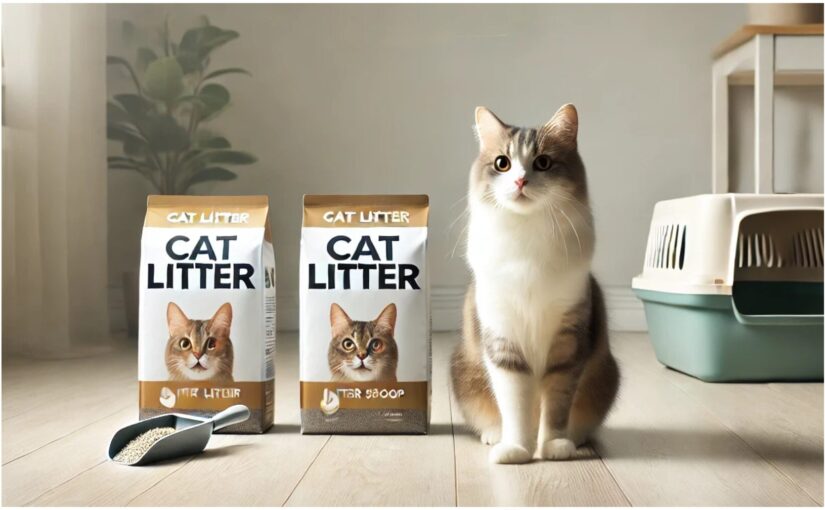

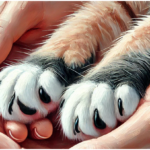

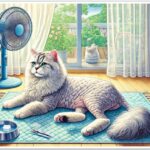

This design is wicked! Excellent job. I really enjoyed it. Too cool!
Exceptionally well written!